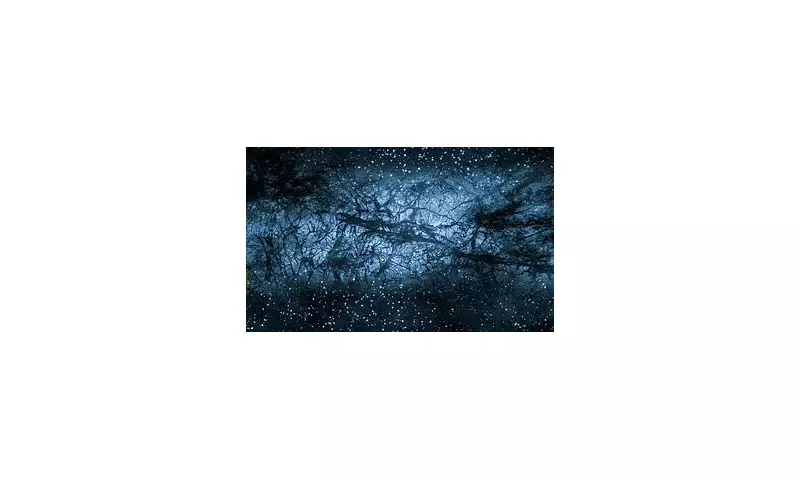
A seismic shift is rippling through the world of astrophysics as new research threatens to overturn one of science's most fundamental beliefs about our universe. The long-held theory that mysterious, invisible dark matter constitutes most of the cosmos is facing its most serious challenge yet.
The Paradigm-Shattering Discovery
Professor Rajendra Gupta from the University of Ottawa has published research that fundamentally questions the need for dark matter's existence. His findings suggest that the very phenomena dark matter was invented to explain can be accounted for through existing physical laws when combined with an evolving understanding of natural forces.
This isn't merely a minor adjustment to current theories - it represents a potential revolution in how we comprehend the universe's workings. For nearly a century, scientists have relied on the dark matter concept to explain why galaxies hold together despite rotating at speeds that should tear them apart.
How Science Got It Wrong
The dark matter hypothesis emerged because observable matter couldn't account for the gravitational forces holding cosmic structures together. Scientists concluded that approximately 85% of the universe's matter must be invisible - thus dubbing it 'dark matter'.
However, Professor Gupta's research demonstrates that covarying coupling constants (CCC) and tired light (TL) theories, collectively known as the CCC+TL model, can explain cosmic phenomena without requiring this elusive substance.
What This Means for Physics
The implications are staggering:
- Physics textbooks may require complete rewriting
- Billions in dark matter detection research could be redirected
- Our fundamental understanding of gravity and cosmic evolution transforms
- The search for universe's missing mass takes an entirely new direction
The research doesn't just remove dark matter from the equation - it provides compelling evidence that the universe's expansion and galaxy formation patterns align perfectly with this new model.
Scientific Community Reacts
While the physics community is approaching these claims with healthy skepticism, the research presents mathematical models that successfully challenge decades of established thinking. The study published in The Astrophysical Journal represents one of the most comprehensive challenges to dark matter theory to date.
As the scientific method demands, these findings will now face rigorous testing and debate. But should they withstand scrutiny, we may be witnessing the dawn of a new era in cosmological understanding - one where the universe makes sense without requiring invisible, undetectable matter to hold it together.





